1. The Ancient Origins: Lipstick as a Royal Statement

Lipstick’s story dates back to ancient Mesopotamia, around 5,000 years ago, where both men and women crushed gemstones to adorn their lips. It wasn’t just about beauty; it was a clear symbol of social status. Royals like Cleopatra took it to the next level, using crushed ants and carmine beetles to create her iconic red hue. For Cleopatra, lipstick was as much about power as it was about allure, reinforcing her image as a commanding and seductive ruler says the Boston Globe.
Lipstick during this era wasn’t just cosmetic—it carried weight in politics and culture. Wearing certain colors could signify different ranks or roles in society. For royals, lips painted in deep reds or purples were a declaration of wealth and influence. It’s fascinating how something as small as lip color could hold such sway over societal structures.
2. Medieval Misgivings: Lipstick as a Sinful Sin
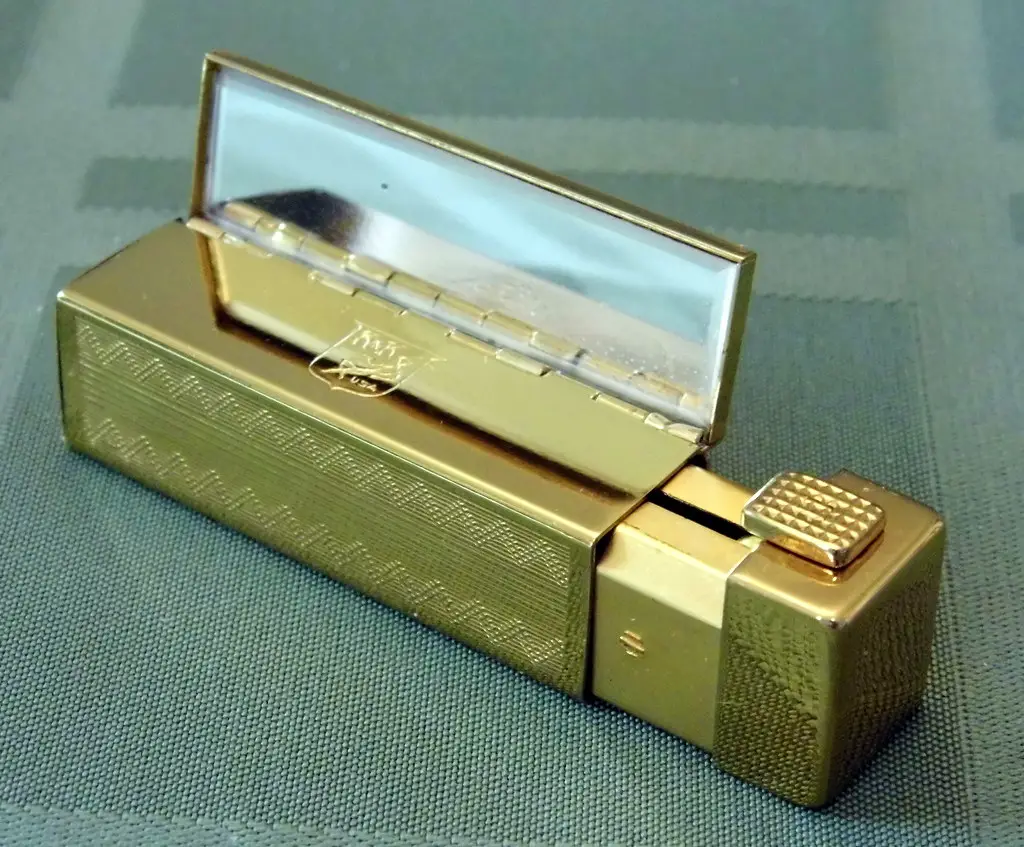
Fast forward to the Middle Ages, and lipstick took a sharp turn into the sinful. The Church condemned it as a tool of deception and vanity, associating it with witchcraft and immoral behavior. Women caught wearing bright colors risked being ostracized or worse. The Church’s fear of lipstick stemmed from its power to transform and allure, which clerics equated with temptation and sin shares Snopes.
Despite the condemnation, lipstick persisted, albeit in secret. Women continued to use it subtly, blending natural ingredients like beet juice or plant extracts. The defiance of societal norms through such a small act of rebellion highlighted lipstick’s enduring allure. It became a quiet protest against rigid moral codes, a whisper of independence in a heavily controlled society.
3. The Victorian Era: Lipstick’s Puritan Backlash
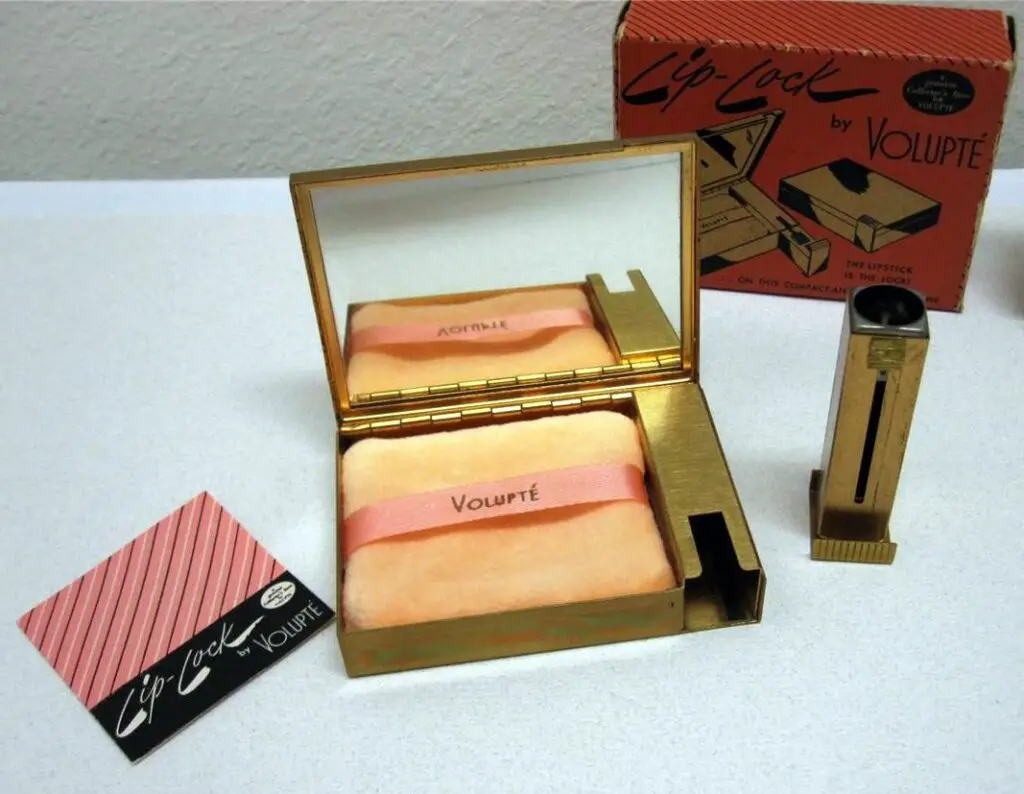
The Victorian era brought with it an extreme sense of modesty and decorum, and lipstick was practically banished. It was deemed vulgar and inappropriate for respectable women, reserved only for actresses and prostitutes. Queen Victoria herself never wore lipstick, setting the tone for an entire generation. For the average woman, red lips became a symbol of scandal and rebellion, not beauty says CNN.
However, this didn’t stop lipstick’s quiet evolution. Women found clever ways to keep the practice alive, using tinted lip balms or subtle lip stains. The covert use of lipstick during this era underscored its powerful role as an act of rebellion. In a society bent on controlling female expression, lipstick remained a secret weapon of defiance and personal choice explains Real Simple.
4. Early 20th Century: Lipstick’s Hollywood Glamour Revolution
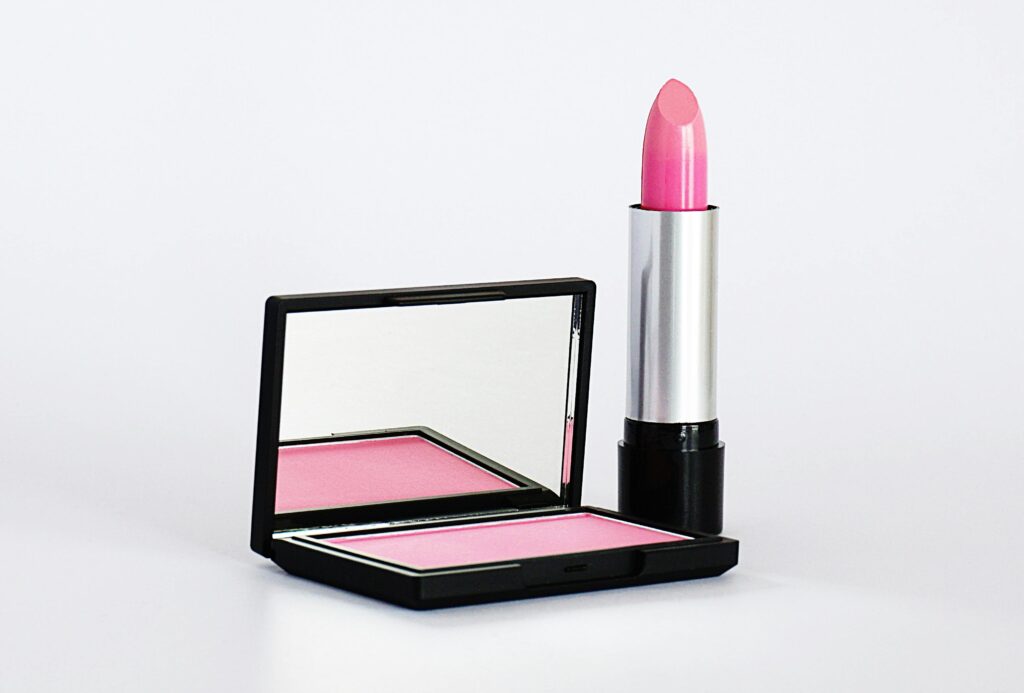
The early 1900s marked a turning point when lipstick entered the age of Hollywood glamor. Film stars like Theda Bara and Marlene Dietrich popularized bold lip colors, making red lips synonymous with on-screen seduction and star power. Lipstick became a must-have for actresses, who used it to define their on-screen personas and captivate audiences worldwide.
As Hollywood’s influence grew, so did lipstick’s appeal in everyday life. Women across the globe emulated the silver-screen stars, seeing lipstick as a way to channel their inner glamour and confidence. This era solidified lipstick’s place in modern beauty culture, transforming it from a forbidden vice to an emblem of feminine power and allure.
5. The Great Depression: Lipstick as a Symbol of Resilience
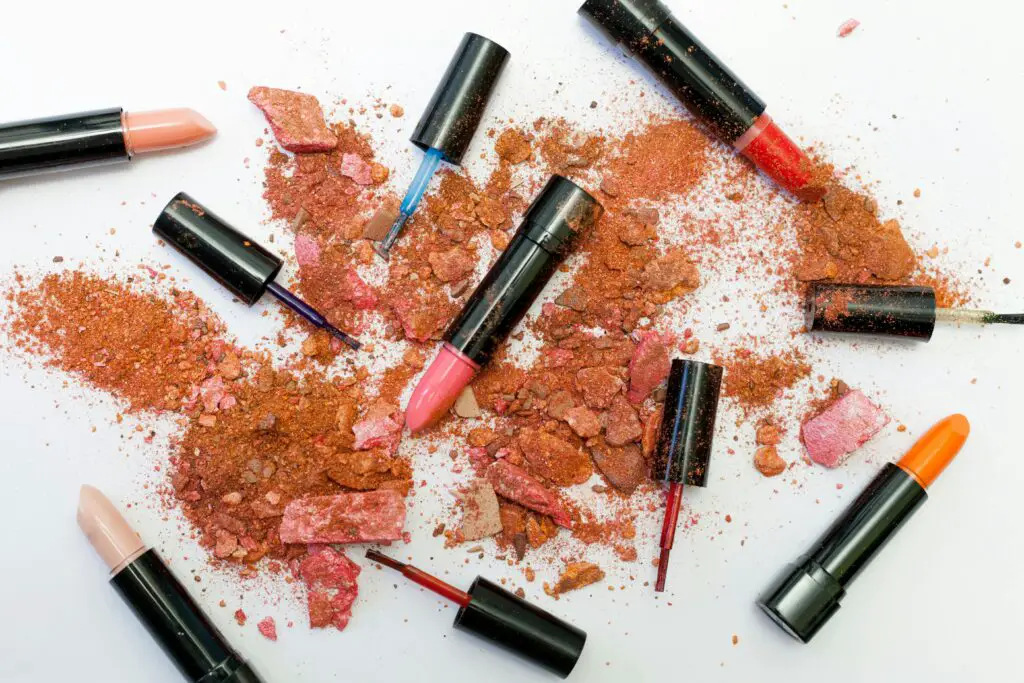
During the Great Depression, lipstick took on a surprisingly hopeful role. Despite financial hardships, lipstick sales soared because it was an affordable luxury that offered women a small escape from grim realities. Elizabeth Arden famously called lipstick “a symbol of strength,” encouraging women to maintain beauty standards even in hard times. It became a morale booster, a tiny yet potent way to express determination.
Lipstick’s economic resilience highlighted its deeper cultural significance. It wasn’t just about beauty; it was a declaration that women could endure and thrive despite adversity. The act of applying lipstick became a daily ritual of hope and defiance against despair, proving that a small cosmetic could carry immense emotional weight.
6. World War II: Lipstick as Patriotism
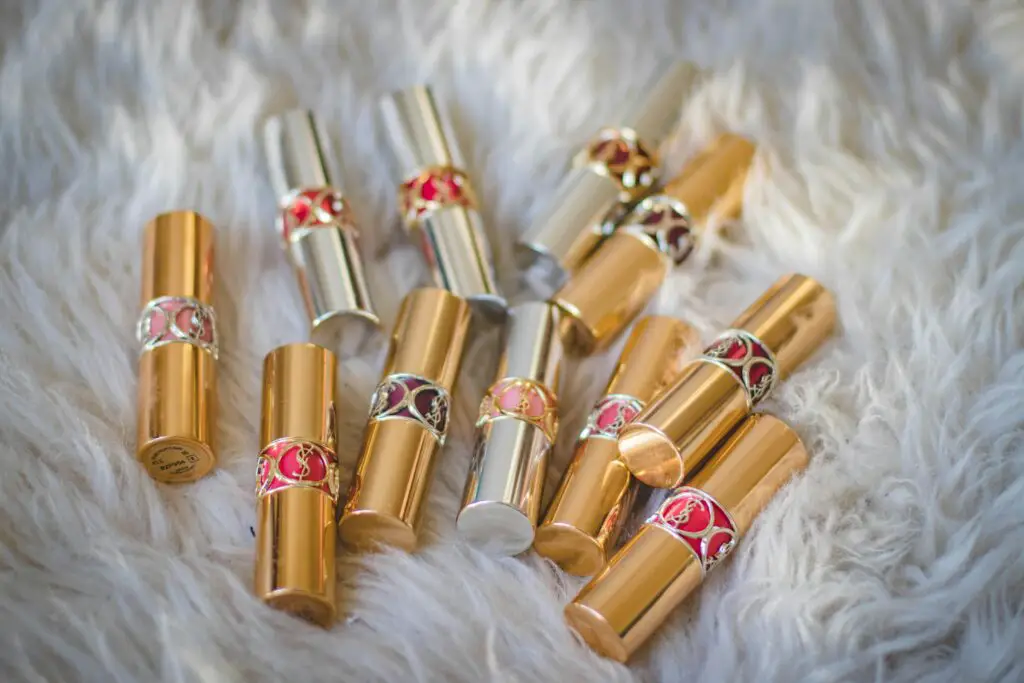
World War II saw lipstick wearers turning into patriots. Governments encouraged women to wear red lipstick as a morale booster for soldiers on the front lines. The bold red lips were seen as a symbol of strength, courage, and the undying spirit of the home front. Lipstick sales during the war years remained strong, with women embracing the bold color as part of their contribution to the war effort.
Lipstick during this time transcended beauty; it became a symbol of national pride. For women working in factories or serving as nurses, red lipstick was a badge of honor, a way to maintain dignity and unity in the face of global conflict. The lipstick culture of the 1940s demonstrated how beauty products could intertwine with patriotism and societal duty, redefining its role beyond vanity.
7. The 1960s: Lipstick and Feminism’s Bold Clash
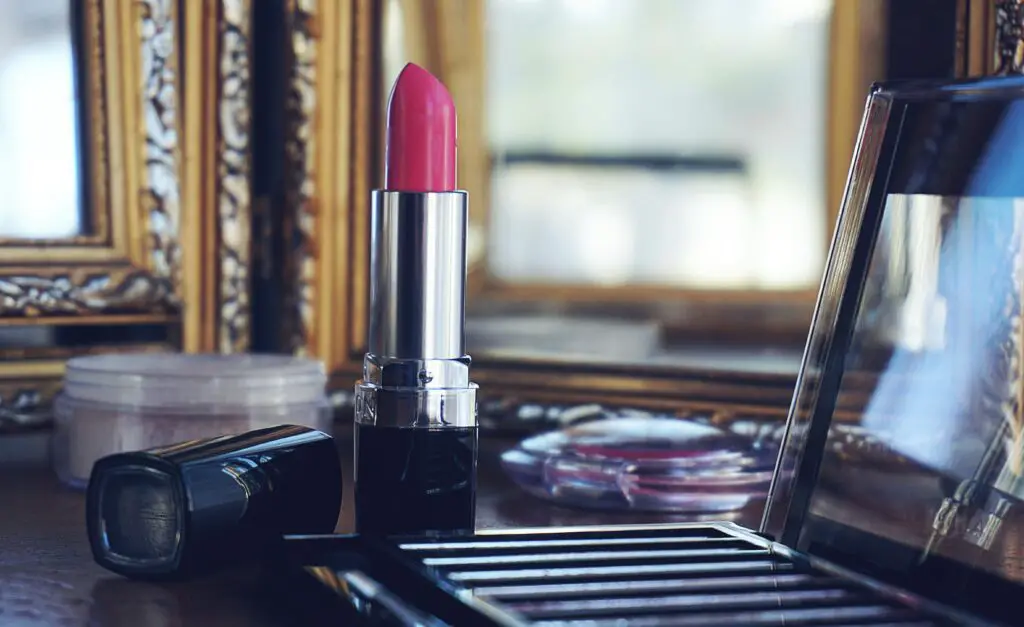
The 1960s brought a wave of cultural shifts, and lipstick found itself at the heart of feminist debates. Feminists critiqued makeup, including lipstick, as tools of patriarchal oppression, urging women to reject beauty standards altogether. For some, going bare-faced was a political statement, a rejection of societal pressures. The pushback against lipstick was about more than cosmetics; it was a call for autonomy over female identity.
However, not all women abandoned lipstick. Some feminists reclaimed lipstick as an emblem of empowerment, wearing bold shades as a statement of control and confidence. This period highlighted lipstick’s complex role—it could be seen as both a symbol of oppression and liberation, depending on who wielded it and why. The clash between beauty and feminism during this era set the stage for ongoing debates about makeup and female agency.
8. Lipstick and Crime: The Outlawed Vice
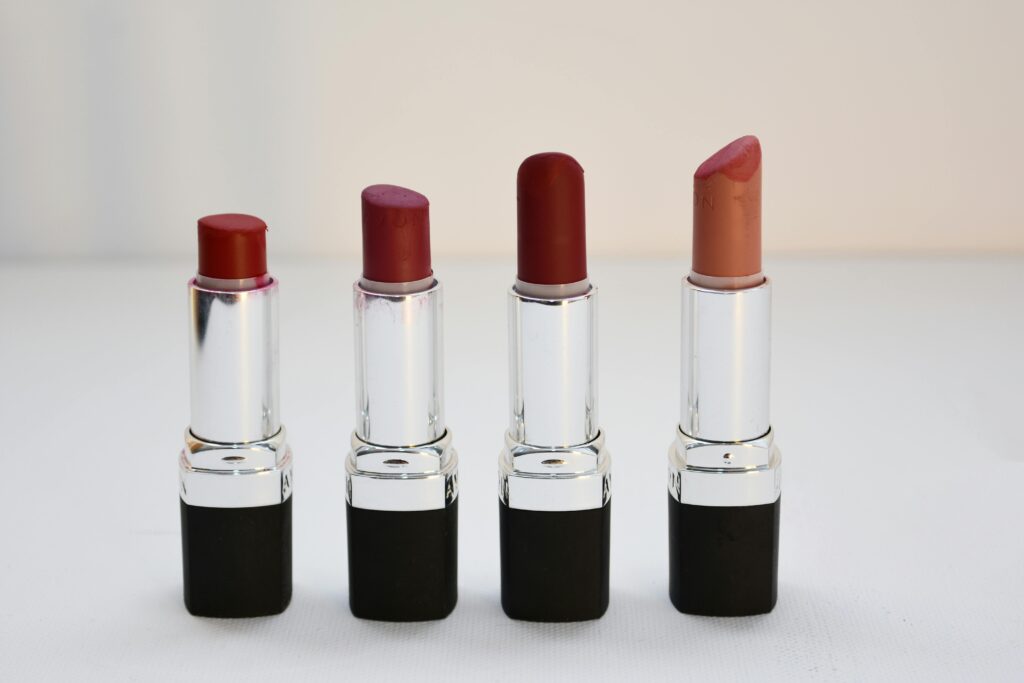
Lipstick has had its share of legal battles. In the 19th and early 20th centuries, some countries outright banned lipstick for being morally corrupting. For example, during the Prohibition era in the United States, lipstick was lumped with alcohol and gambling as part of the era’s moral crackdown. Lawmakers feared it encouraged promiscuity and led women away from societal norms.
The outlawing of lipstick created an underground culture around it. Women smuggled lipstick across borders and shared secret beauty tips, turning the cosmetic into a symbol of resistance against moral policing. The crime association added an air of forbidden allure, making lipstick more than just makeup—it became a daring act of defiance against societal constraints.
9. The Rise of Lipstick in Pop Culture
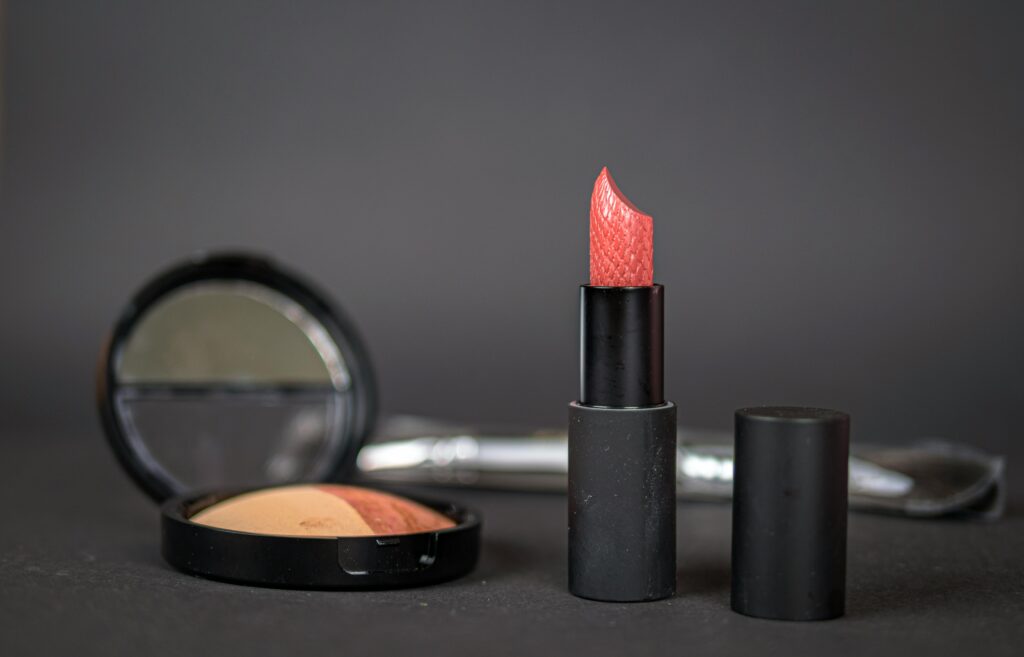
From Madonna’s bold red lips in the ’80s to Lady Gaga’s experimental shades in the 2000s, lipstick has been a pop culture staple. Musicians and actors used lipstick to push boundaries and craft unforgettable personas. It became a tool for artists to express individuality and challenge societal norms, reinforcing lipstick’s role as a form of personal expression.
Pop culture further cemented lipstick as a symbol of rebellion and creativity. Music videos, album covers, and fashion shoots all leveraged lipstick’s boldness to make statements about identity and empowerment. This era underscored how lipstick could be a canvas for artistic expression, blending beauty with cultural commentary.
10. Lipstick in the Age of Social Media
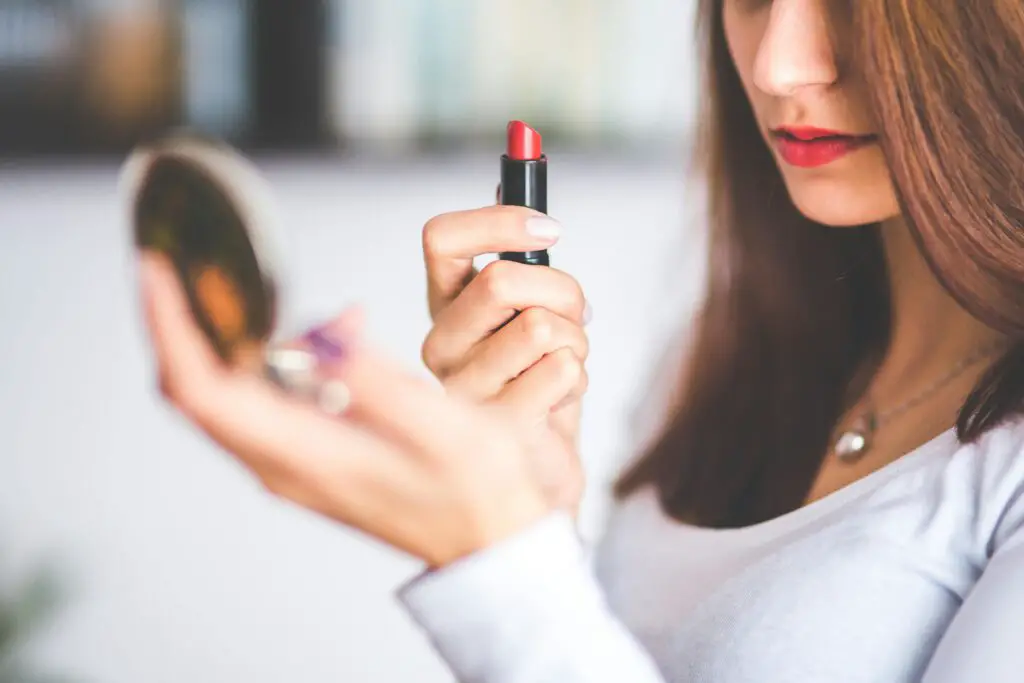
Social media transformed lipstick once again. Platforms like Instagram and TikTok gave rise to beauty influencers who showcased lipstick as part of their signature looks. Lipstick tutorials, brand reviews, and color challenges became viral content, bringing lipstick into the digital age. Brands leveraged social media to launch new shades and build cult followings around their products.
This era highlighted lipstick’s role as more than makeup—it became a tool for connection and community. Beauty enthusiasts shared tips, reviews, and looks, creating global lipstick cultures online. The social media explosion made lipstick accessible to new generations, ensuring it remained a dynamic part of beauty culture.
11. Lipstick Today: Empowerment and Inclusivity
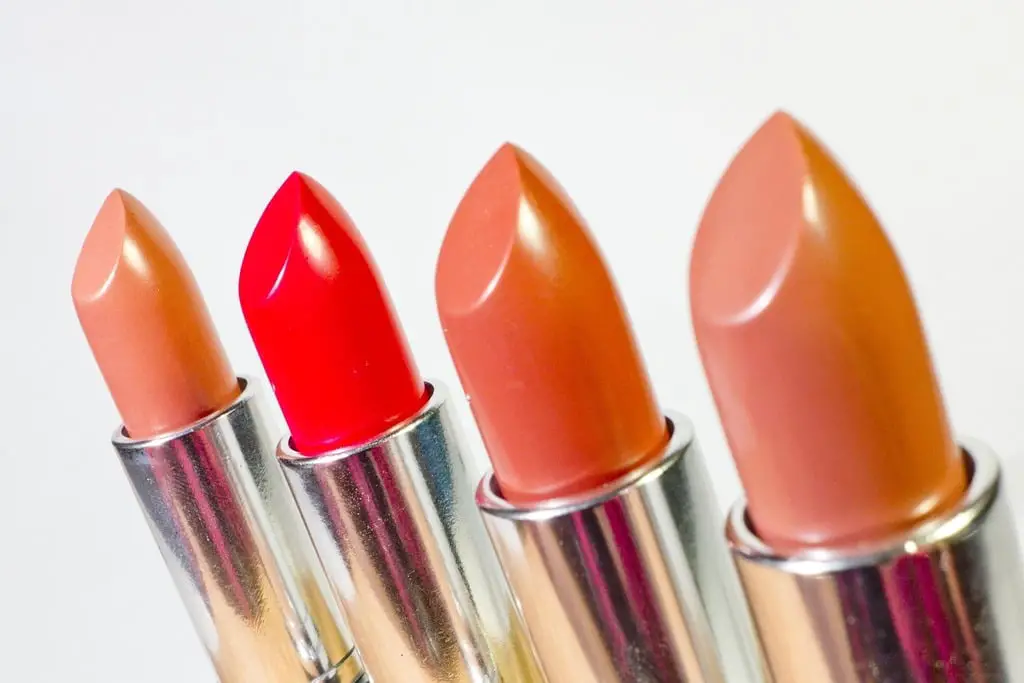
Today, lipstick is more than a beauty staple; it’s a symbol of inclusivity and empowerment. Brands have expanded shade ranges to include all skin tones and launched vegan, cruelty-free lines to cater to ethical concerns. Lipstick is celebrated for allowing individuals to express themselves, whether with bold reds, soft pinks, or unconventional hues like black and blue.
Modern lipstick culture embraces diversity and self-expression, encouraging wearers to define their own beauty standards. It’s a tool for confidence, creativity, and even activism. From royal courts to social media, lipstick’s journey is a testament to its enduring power to transform, inspire, and challenge societal norms.
